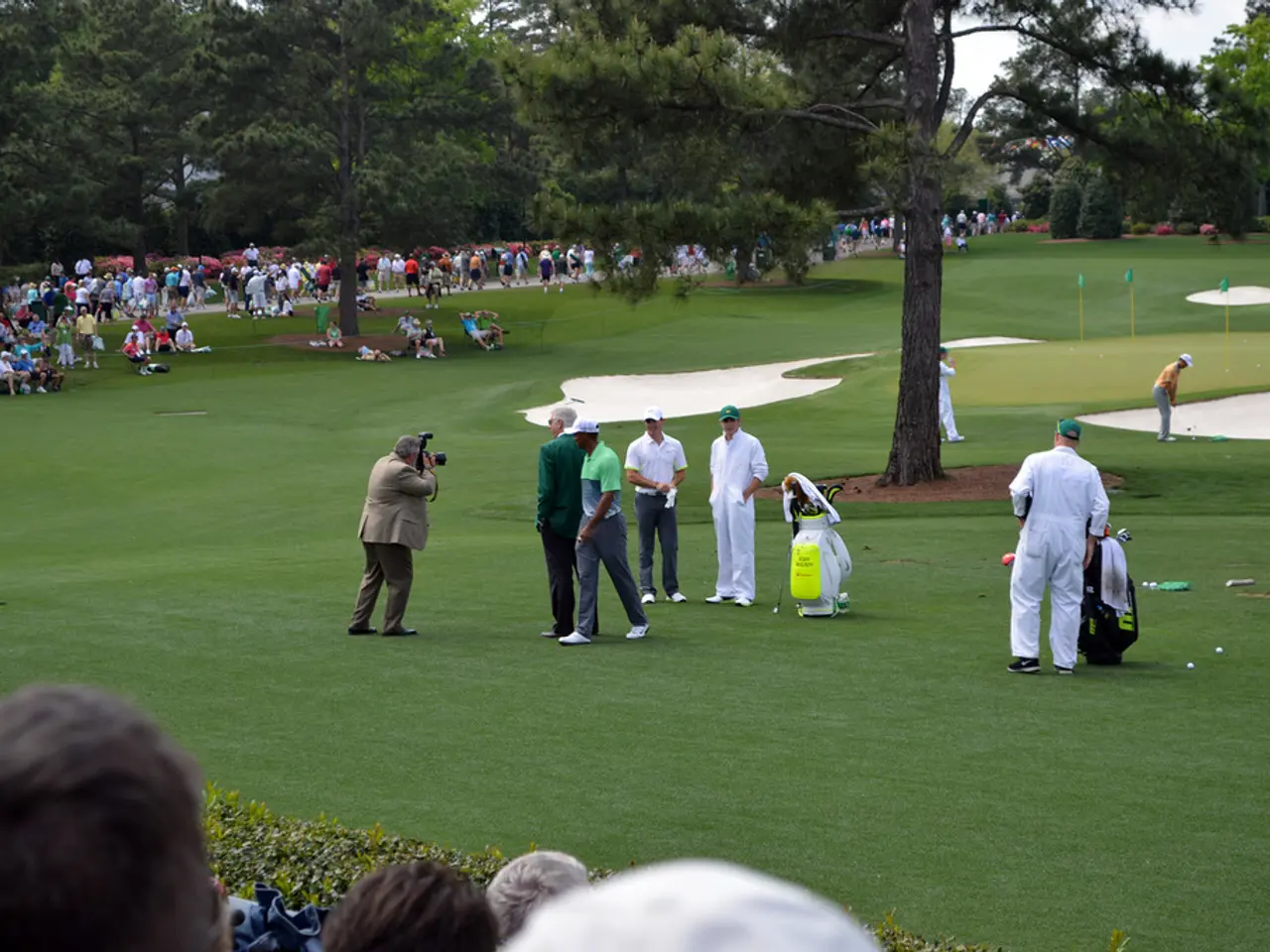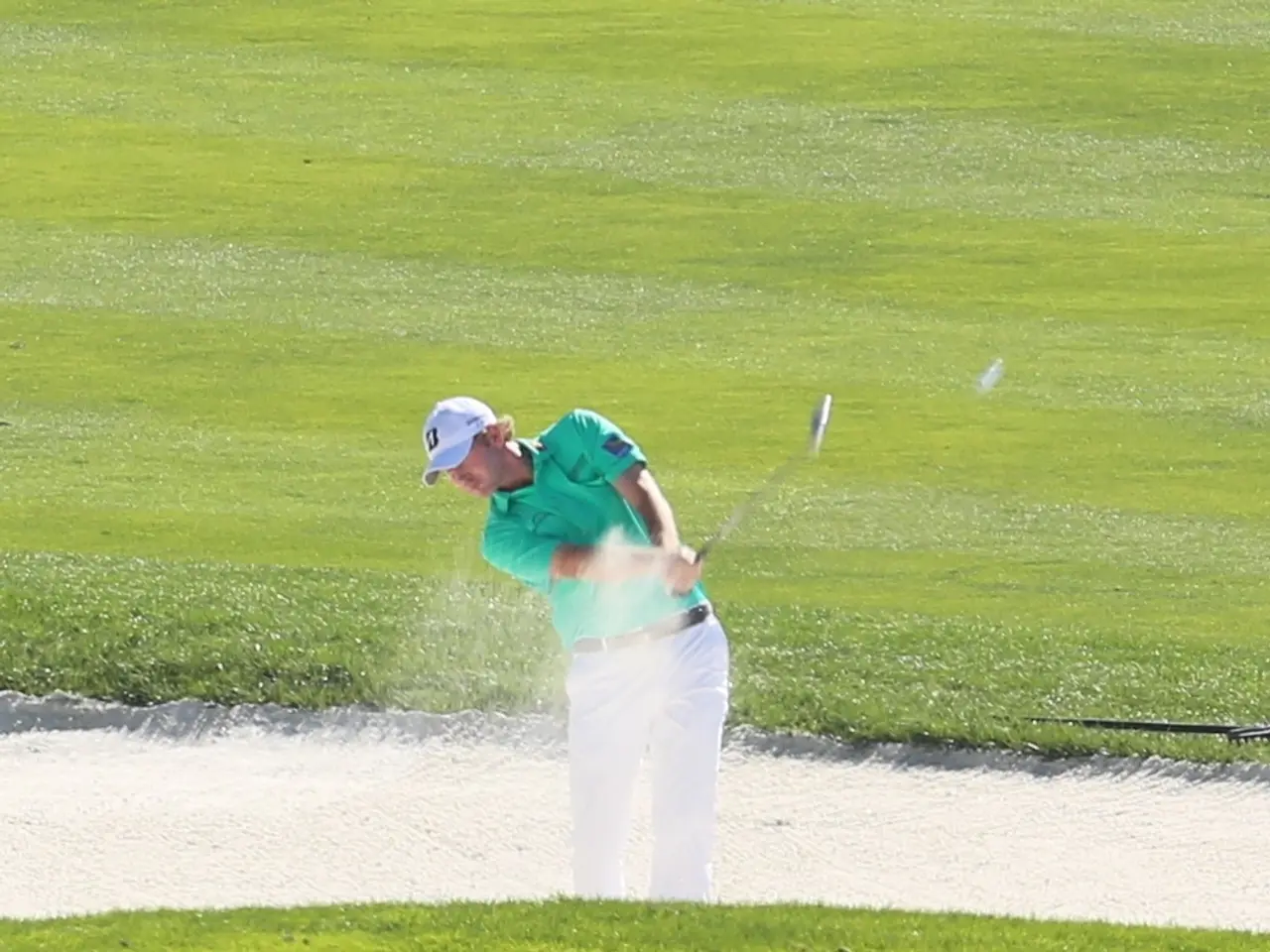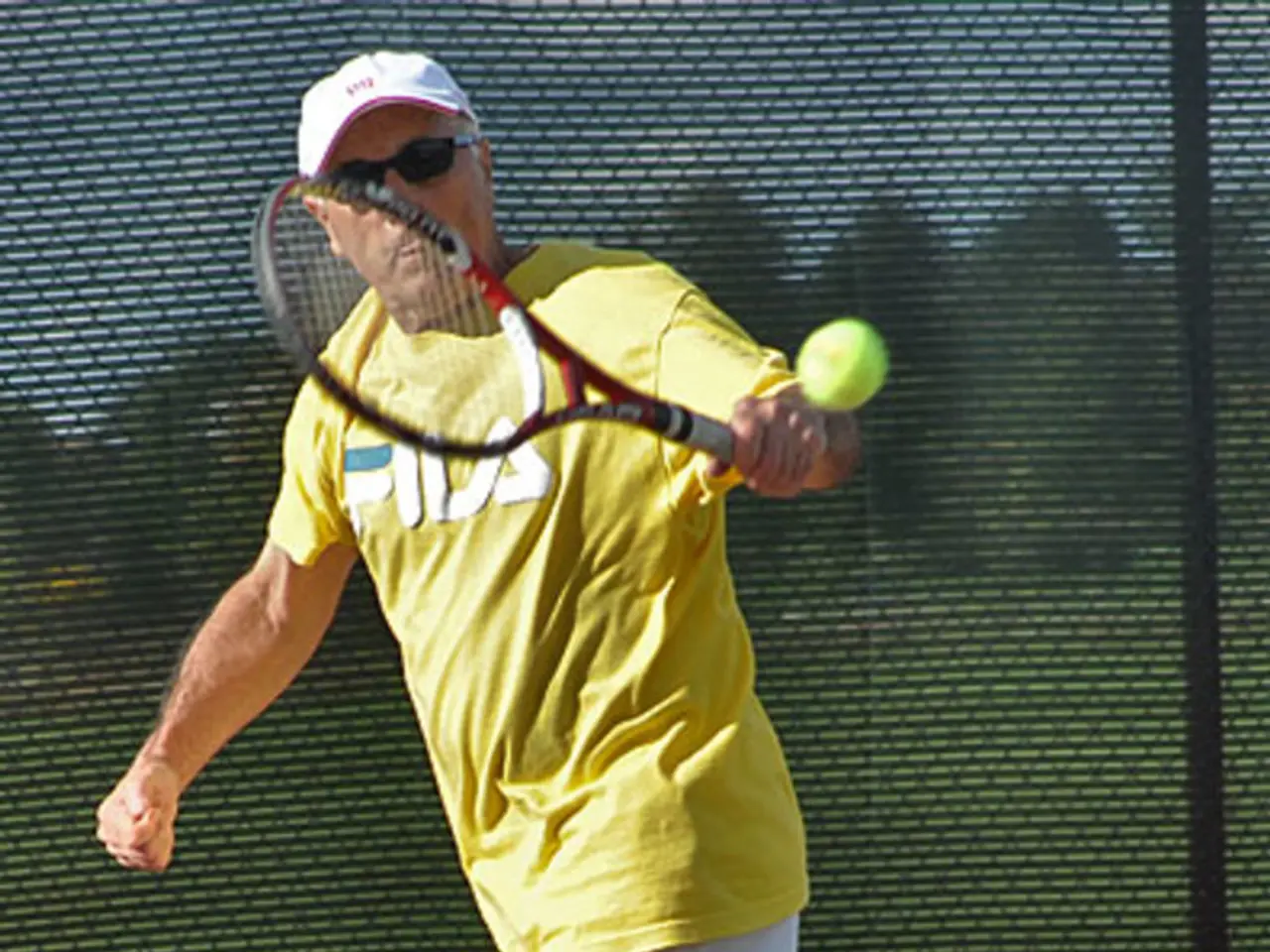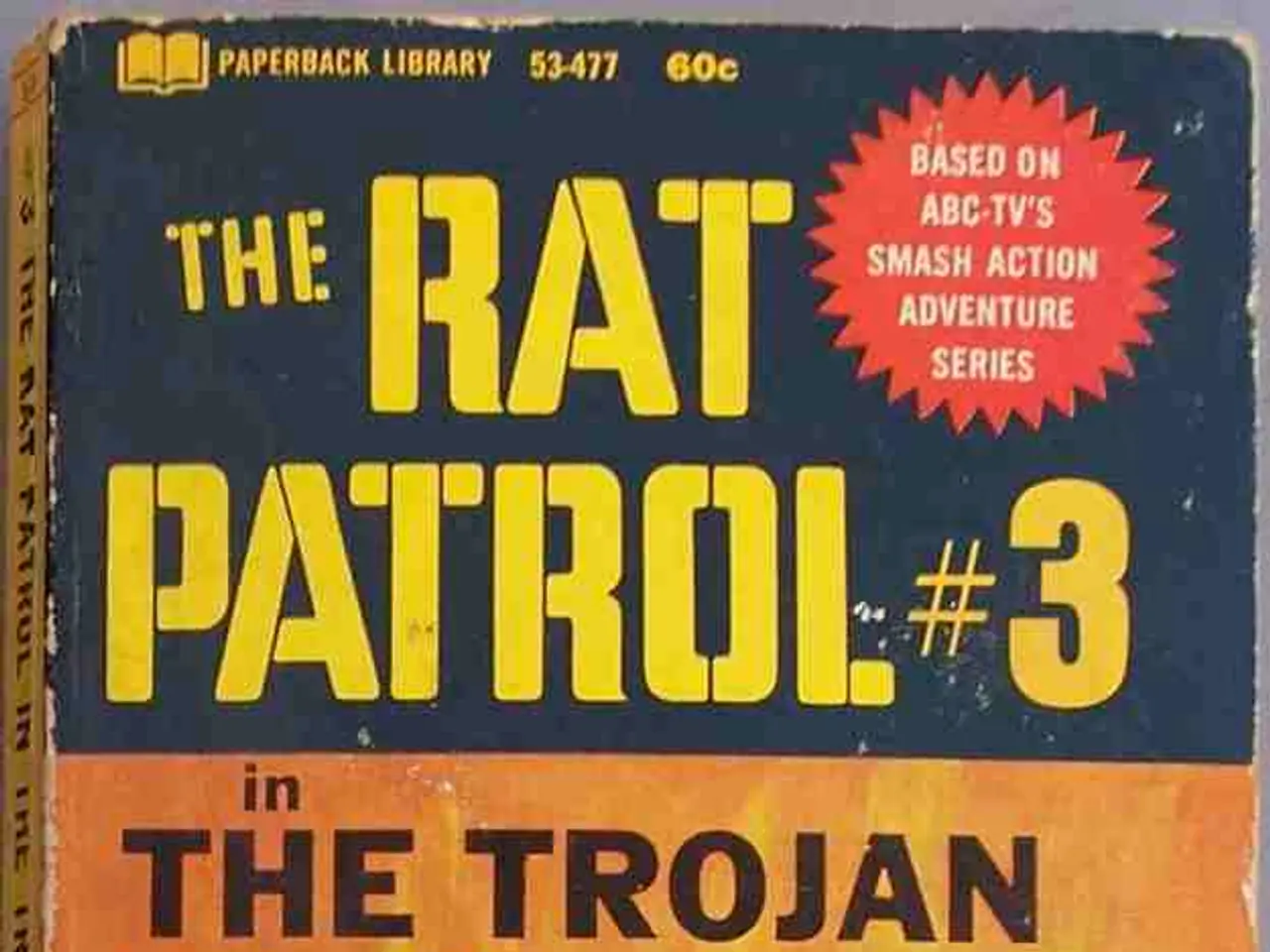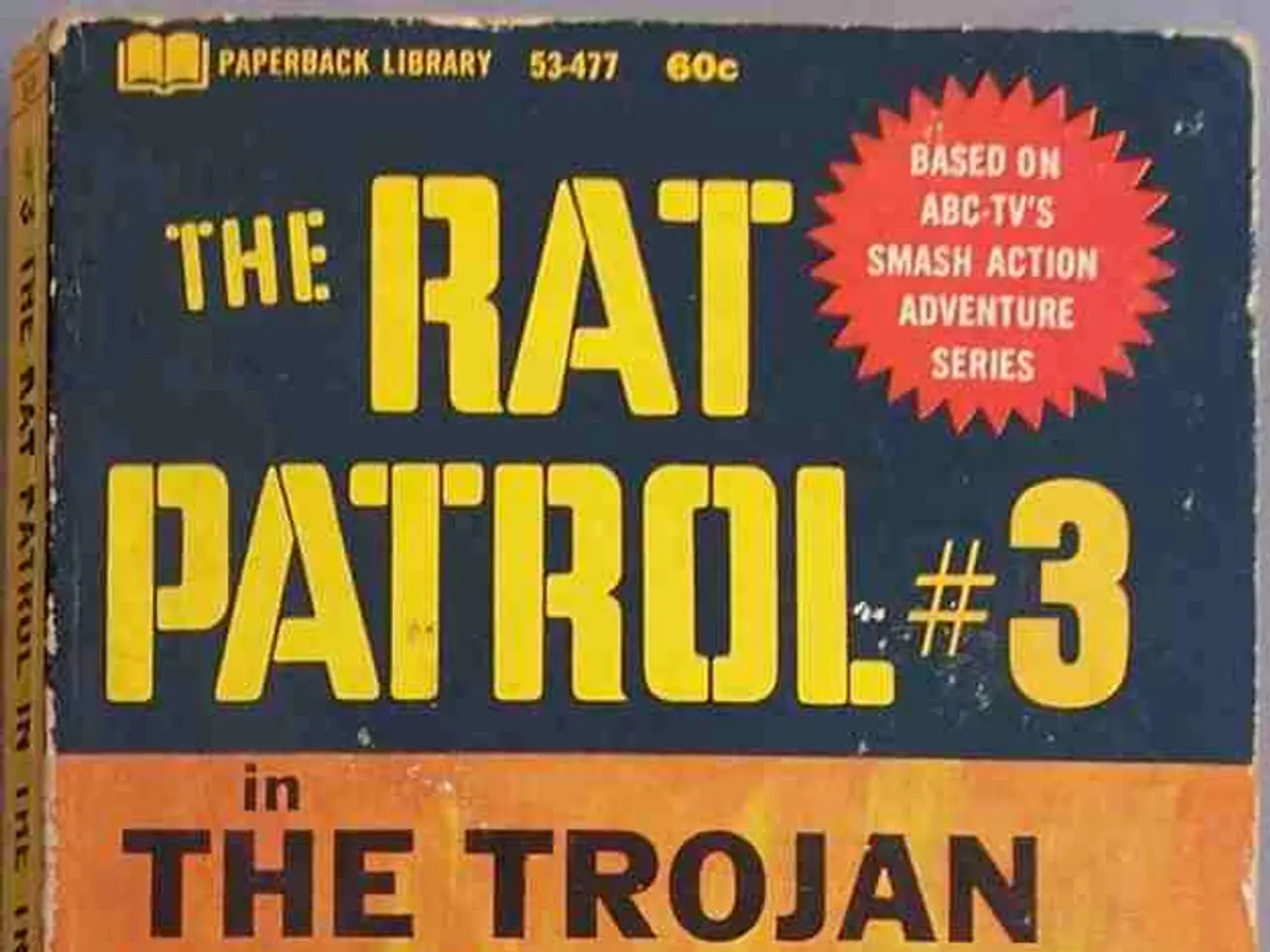The Longest-Standing Golf Club on the Planet
In the rolling hills of Scotland, the game of golf has deep roots that stretch back centuries. While the exact origins of golf remain shrouded in myth, modern scholarship suggests that Scotland played a pivotal role in the formalisation and spread of the sport, although it may have older, continental roots[1].
The earliest credible evidence for golf in Scotland dates to the 15th century. In 1457, King James II issued a decree banning golf, along with football, due to concerns that these activities were distracting military recruits from practicing archery[3][5]. This unexpected beginning marked the start of a long and storied relationship between golf and Scotland.
Royalty, particularly the Stuart monarchs, helped elevate golf's status. King James IV, who had earlier banned the game, became the first authenticated royal player by the early 16th century, with records of payments for golf equipment and bets on matches during his stays in various Scottish towns[1]. Mary, Queen of Scots, is also cited as the first woman golfer on record, famously playing soon after her husband's murder in 1567[1].
In medieval Scotland, there appears to have been a distinction between two similar games: *kolve* or *kolf* (a form of hockey popular among commoners) and golf proper, which was initially the pastime of the aristocracy and royalty[1]. Early pictorial representations of golf are found in continental European books of hours, further complicating the narrative of a purely Scottish origin[1].
The world's oldest organized golf society is **The Honourable Company of Edinburgh Golfers (HCEG)**, which traces its origins to 1744[2]. The club started at Leith Links in Edinburgh before moving to Musselburgh Links in 1836 due to financial mismanagement and encroachment by military exercises, cattle, and the general public[2]. In 1891, HCEG moved again, this time to its current home at Muirfield[2]. The course at Muirfield, now closely associated with HCEG, is one of the most storied links courses in Scotland and a significant venue in golf history[2].
The HCEG has played a central role in the standardisation of the rules of golf. In 1744, they codified the first 13 rules, a foundational step in the sport’s formalisation[2]. The first competition for the silver club, open to all, took place in 1744, with John Rattray, a renowned surgeon and golfer, winning and becoming the first captain, signing the first set of rules[6].
Muirfield, where the HCEG now resides, is considered one of the best golf courses in the world. The current layout was staked out by Old Tom Morris, and David Plenderleith and his assistants worked to level mounds, move earth, bank up bunkers, turf, and rake[7]. By the 1860s, a clubhouse was built at Musselburgh Links for the first time, and members were charged an annual subscription to help cover the cost[8].
The more affordable "gutty" ball, introduced in the late 1840s, contributed to the increased popularity of golf at Musselburgh Links[9]. The first Open Championship was contested at Musselburgh in 1872, with the first definitive record of golf coming from Scotland in 1457, when King James II forbade the playing of "golfe"[10].
The game of golf, as it is known today, has roots in cross-country stick and ball games like "chole" popular in the Low Countries in the early 14th century[1]. The 1892 Open Championship was won by amateur Harold Hilton, who went on to win four Amateur Championships and one US Amateur[11]. The Open Championship was held at Muirfield six times, with the first being in 1892 and the last in 2013[12].
In conclusion, Scotland's connection to golf is deep and culturally significant, but the game's true origins may be more international than traditionally believed. Scotland, however, indisputably formalised the sport, established its first society, and codified its rules—making it the spiritual and institutional home of golf as we know it today[1][2][3]. The Honourable Company of Edinburgh Golfers, now at Muirfield, stands as a living monument to this legacy[2].
| Year | Event | Significance | |-----------|----------------------------------------------|-----------------------------------------------| | 1457 | King James II bans golf | First written record of golf in Scotland[3] | | Early 16th century | Royal participation begins | King James IV, Mary, Queen of Scots play[1] | | 1744 | HCEG founded at Leith Links | First golf society, first rules published[2] | | 1836 | HCEG moves to Musselburgh Links | Club moves to avoid financial mismanagement[2] | | 1891 | HCEG moves to Muirfield | Club established at current historic venue[2] | | 1872 | First Open Championship held at Musselburgh | First definitive record of golf in Scotland[10] | | 1892 | The Open Championship at Muirfield | First 72-hole Open Championship[13] |
[1] "The Origin of Golf: Facts and Myths." The Scotsman, 2015, [www.scotsman.com/lifestyle/features/the-origin-of-golf-facts-and-myths-1-3379654](http://www.scotsman.com/lifestyle/features/the-origin-of-golf-facts-and-myths-1-3379654)
[2] "The Honourable Company of Edinburgh Golfers." The R&A, [www.randa.org/history/honourable-company-of-edinburgh-golfers](http://www.randa.org/history/honourable-company-of-edinburgh-golfers)
[3] "The History of Golf in Scotland." VisitScotland, [www.visitscotland.com/see-do/golf/history-of-golf-in-scotland/](http://www.visitscotland.com/see-do/golf/history-of-golf-in-scotland/)
[5] "The History of Golf." Golf Scotland, [www.golfscotland.com/about-us/the-history-of-golf/](http://www.golfscotland.com/about-us/the-history-of-golf/)
[6] "The History of the Open Championship." The R&A, [www.randa.org/open-championship/history/the-history-of-the-open-championship](http://www.randa.org/open-championship/history/the-history-of-the-open-championship)
[7] "Muirfield Golf Course." Muirfield Golf Club, [www.muirfieldgolfclub.com/golf/history/](http://www.muirfieldgolfclub.com/golf/history/)
[8] "The History of the Open Championship." The R&A, [www.randa.org/open-championship/history/the-history-of-the-open-championship](http://www.randa.org/open-championship/history/the-history-of-the-open-championship)
[9] "The History of the Open Championship." The R&A, [www.randa.org/open-championship/history/the-history-of-the-open-championship](http://www.randa.org/open-championship/history/the-history-of-the-open-championship)
[10] "The History of Golf in Scotland." VisitScotland, [www.visitscotland.com/see-do/golf/history-of-golf-in-scotland/](http://www.visitscotland.com/see-do/golf/history-of-golf-in-scotland/)
[11] "The History of the Open Championship." The R&A, [www.randa.org/open-championship/history/the-history-of-the-open-championship](http://www.randa.org/open-championship/history/the-history-of-the-open-championship)
[12] "The History of the Open Championship." The R&A, [www.randa.org/open-championship/history/the-history-of-the-open-championship](http://www.randa.org/open-championship/history/the-history-of-the-open-championship)
[13] "The History of the Open Championship." The R&A, [www.randa.org/open-championship/history/the-history-of-the-open-championship](http://www.randa.org/open-championship/history/the-history-of-the-open-championship)
Golf, a popular sport with deep roots, has a rich history in Scotland that extends back to the 15th century. The Honourable Company of Edinburgh Golfers (HCEG), founded in 1744, has played a significant role in the formalisation and institutionalisation of golf, making it one of the oldest organised golf societies in the world. Golf clubs, a crucial aspect of the sport, have been an essential part of the HCEG's history, from their early days at Leith Links and Musselburgh Links, to their current home at Muirfield, a renowned golf course in Scotland.
